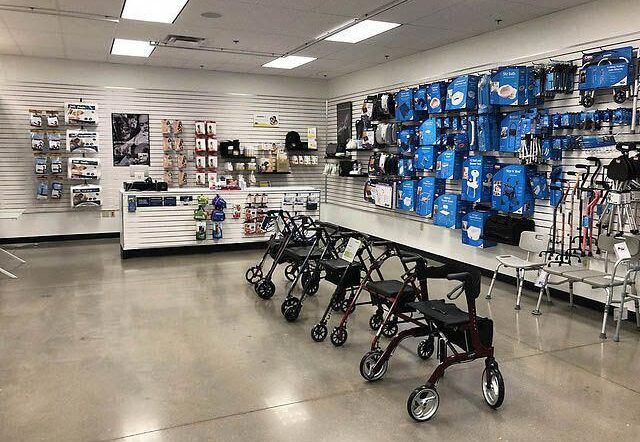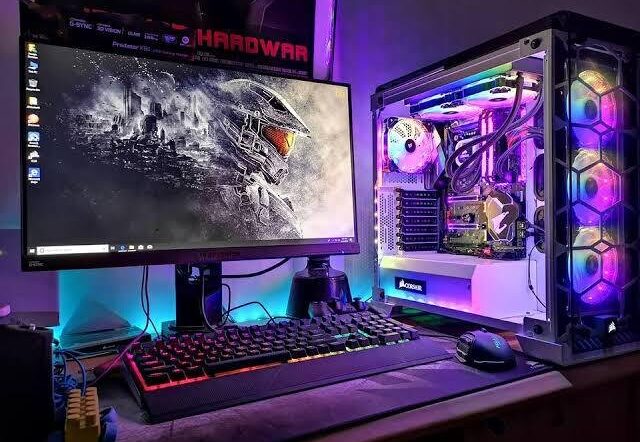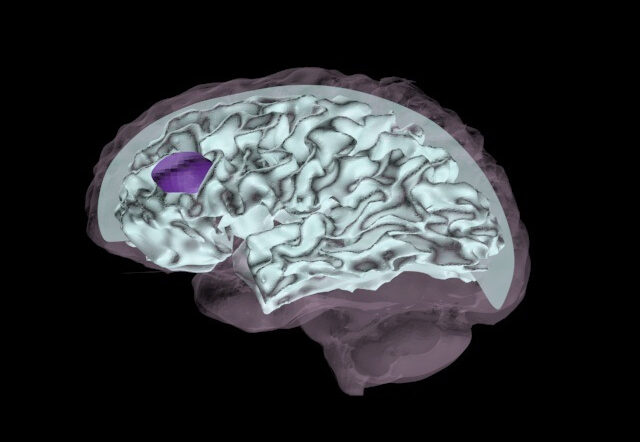Manufacturing in the Eurozone
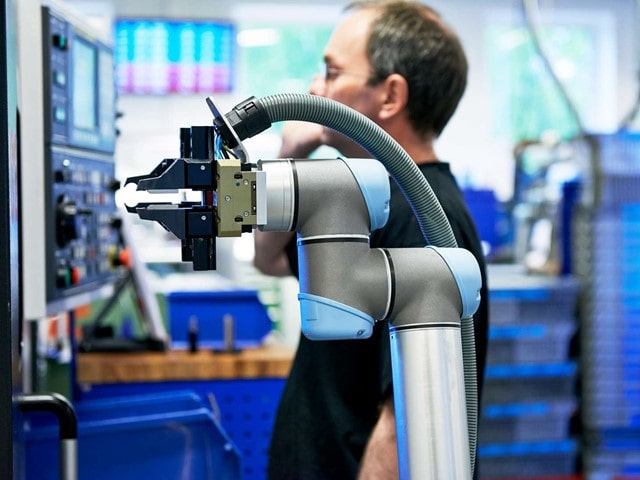
Whilst manufacturing in France, Italy, Austria, and Greece is seeing a decrease in the task, the UK joins Ireland, The Netherlands, Germany, and also Spain in being a nation where production is experiencing development. According to Markit/CIPS Production PMI, October saw the British producing a 53.2, a three-month high, and 2nd just to Ireland which was 56.6.
Whilst there are still problems with companies throughout the EU having the ability to access financing for financial investment and also construct customer self-confidence within the export market, a decrease in oil as well as for that reason power prices is having a positive effect.
Advice from EEF Manufacturing suggests that UK suppliers require to invest in modern technology that will further increase manufacturing and increase efficiencies in order to make sure ongoing development. They are additionally asking the Federal government to develop tax obligation breaks that incentivize capital expenditure.
Production Processes
The large majority of products in our homes and offices are manufactured as well as in a high percentage of making processes, liquids are made use of. In many cases, the liquid may be an important active ingredient in the product being generated. In various other cases, the fluid is made use of in various other ways, such as cleaning, cooling down, or heating the item.
Fluid Monitoring
The capacity to properly keep track of and also control the quantity of liquid made use of in manufacturing can be essential for process control and in order to meet quality requirements. In some sectors, high degrees of precision are important for the end item to abide by guidelines.
As ecological understanding grows, it is coming to be significantly essential for all markets that use liquids to check input and output quantities. There is stress on companies to reduce water consumption and boost the monitoring of waste liquids. As a much greater incentive, if a sector can decrease its use of water or various other liquids with performances that do not compromise the production process, there can be substantial price savings.
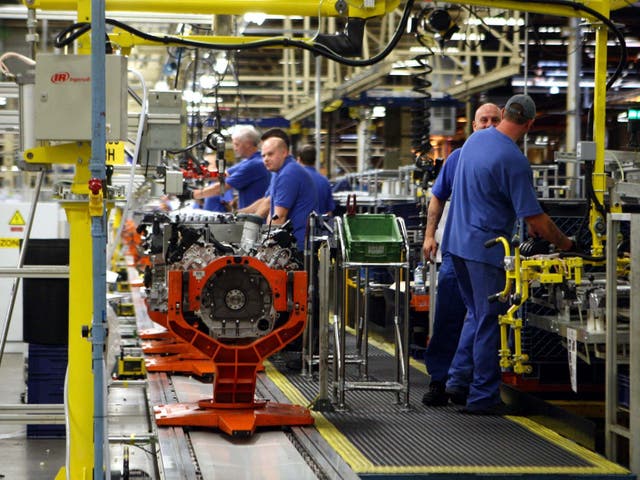
Ultrasonic Circulation Meter Innovation
An ultrasonic circulation meter is an affordable device that can be applied to most industrial applications in order to provide accurate monitoring of liquid circulation with a procedure. The ultrasonic circulation meter is mounted on the outside of the pipeline in which the liquid trips. This makes it as very easy to retro suit existing procedures, as it is to install in a brand-new factory.
An ultrasonic flow meter transmits a signal, which goes through the liquid as well as is after that grabbed by a receiver on the other side. It uses transit time to provide an exact calculation of the flow of fluid. The data is provided on an easy-to-check-out display that is connected to the tool.
With ultrasonic circulation meter tracking, many industrial processes have been much better able to handle their process control and top quality criteria. It enables engineers to run processes at optimum liquid degrees, which enhances efficiency and also minimizes waste sets. This in turn lowers manufacturing prices and also swiftly provides a return on the circulation meter financial investment.
Each ultrasonic circulation meter can be specially calibrated for the liquid being monitored. It can act as an early warning system, as it will certainly identify when the circulation is as well rapid or sluggish. This could be an indicator of a blockage, leakage, or fault in one more part of the process.
As an ultrasonic flow meter is affixed to the outside of the pipe, it can be made use of to keep track of volatile dirty, or harmful liquids. It won’t disrupt the fluid flow as well as isn’t susceptible to being congested, harmed, or wearing similarly to interior circulation meters. Its exterior place indicates that the device is additionally easy to mount, preserve, replace, or get rid of without impacting the manufacturing process.
For more free information on CNC subtractive manufacturing, please visit their page to learn more.

